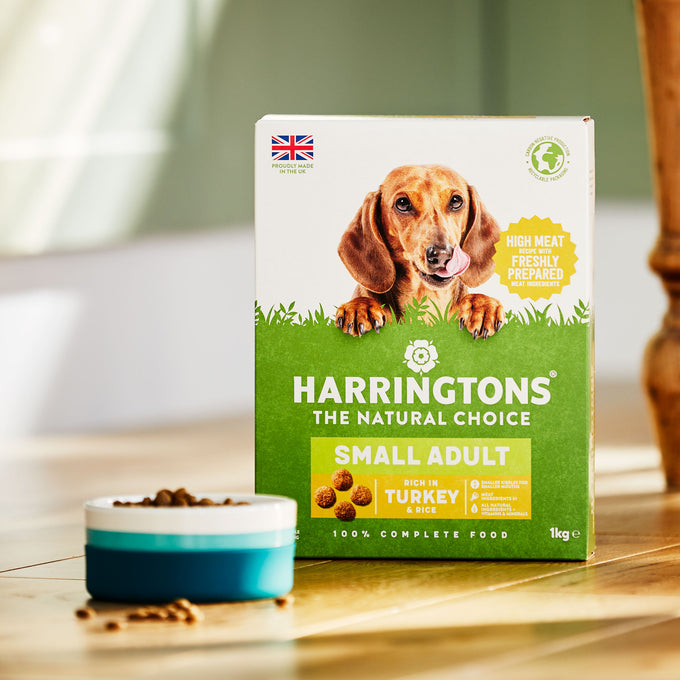Dogs absolutely love everything about their owners.
Nothing makes them happier than being with you — and we’d wager that your puppy is already making a big mark on your life. Cute, right?
Unfortunately, however, life occasionally gets in the way. If your puppy isn’t taught how to deal with those inevitable times where they have to be apart from you, they can develop separation anxiety.
Even when they’re just young pups, there are a few things we can do to prepare them for going solo during the day as they get older.
Getting your puppy used to being alone — 5 top tips
-
Start early
Separation anxiety is usually developed at a young age. Therefore, make sure you get your puppy used to being without you.
As we mention in another blog post, this starts on the very first night they arrive home — don’t let them sleep in your bed, and allow them to get used to their own company.
You can start slowly here — move them into a room by themselves to play with their favourite toy, or leave them to eat their dinner by themselves. If this is too much to ask, simply encourage them to ‘stay’ in their bed whilst you’re still in the room.
If they move, don’t punish or reward them. Simply move back to where you were and start the stage again.
The lesson? It’s okay for you two to be apart for daily activities — as difficult as this might be. This reassures them that you’ll be back soon enough. No fuss, no panic, no anxiety.
-
Create their safe space
Did you read our tips on creating a doggy-safe space? If your puppy has its own little area — whether a kennel, bed or crate, replete with toys — they can associate it with safety, familiarity and comfort.
Pop them there for a short period of time, several times a day. Of course, make sure the rewards are plentiful thereafter — we want your dog to associate patience with positivity.
-
Make positive associations
There’s no better way of establishing positive association with ‘alone time’ than by rewarding your puppy for their success — whether that’s cuddles, play time or tasty treats upon your return.
-
Make use of distractions
As we mentioned, toys can be a great asset for helping your furry friend get used to being on their tod, taking their mind off things.
Some owners also find that incorporating TV and radio — perhaps even nature sounds — can help to take the edge off the loneliness your puppy may feel when you’re not there.
-
Build things up slowly
Our canine companions are very amenable to gradual training. So, introduce ‘alone time’ very slowly — firstly, by leaving them for five minutes, working up to 15 and then a whole hour. Incorporate the sound of the door being closed, with the locks turning.
Soon enough, it’ll be a doddle!

How long can I leave my dog alone for?
A puppy will need to be slowly accustomed to being left alone, with the aid of the simple steps we’ve laid out above. You’ll be familiar with how long they’re comfortable.
Healthy, mature dogs — over 18 months of age — will usually be comfortable with their own company for several hours. A maximum period we’d recommend is around four-six hours although, depending on health conditions and other factors, this can vary from pooch to pooch,!
It doesn’t have to be as heartbreaking as you think to get your puppy used to their own company. You might want to make use of doggy cameras to see what they're up to when you’re gone, and how they handle it.
By taking things slowly and incrementally, we can train them to be patient and happy by themselves, safe in the knowledge that your return is never too far away.

